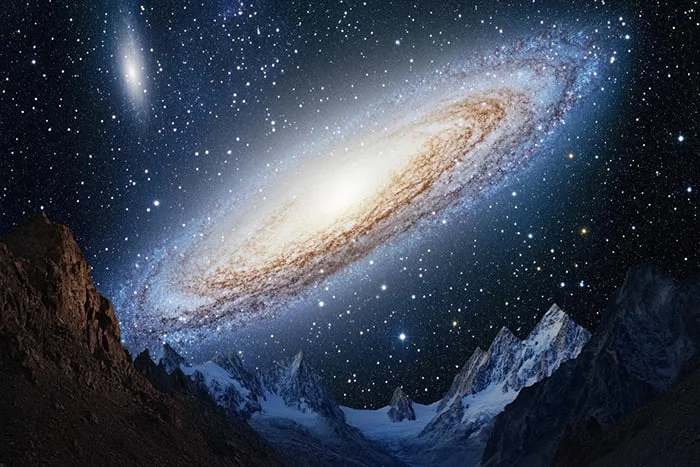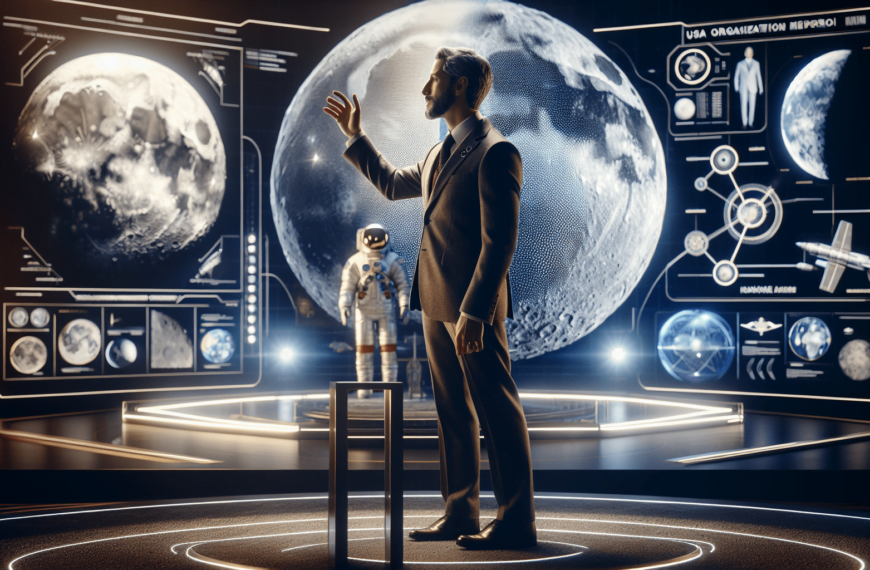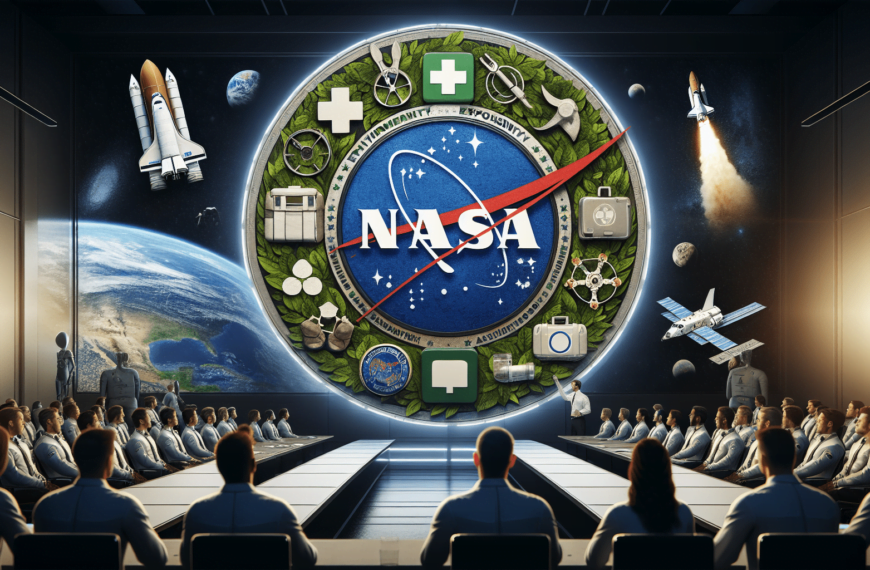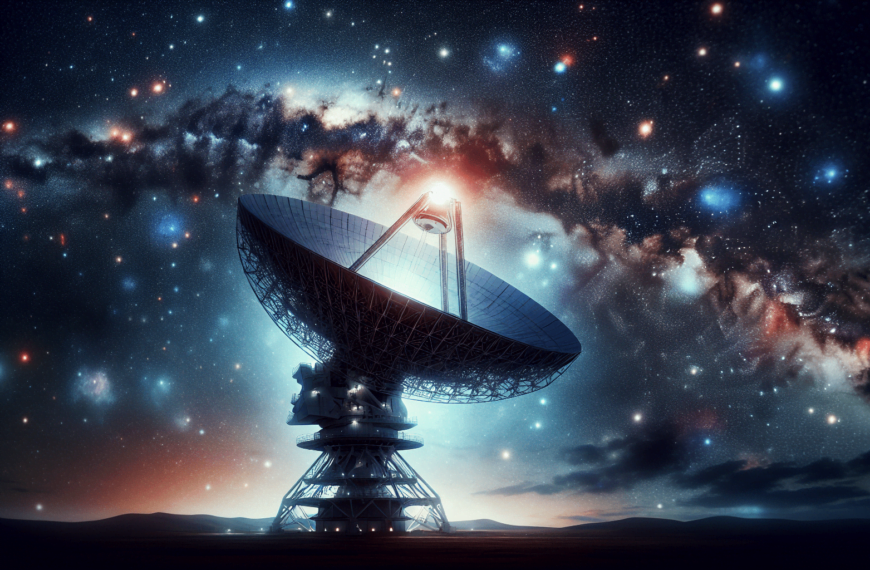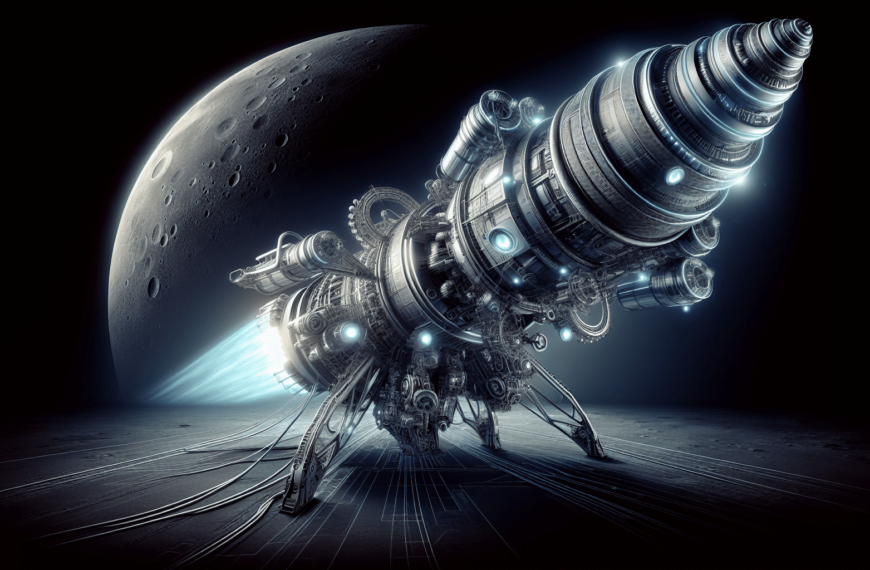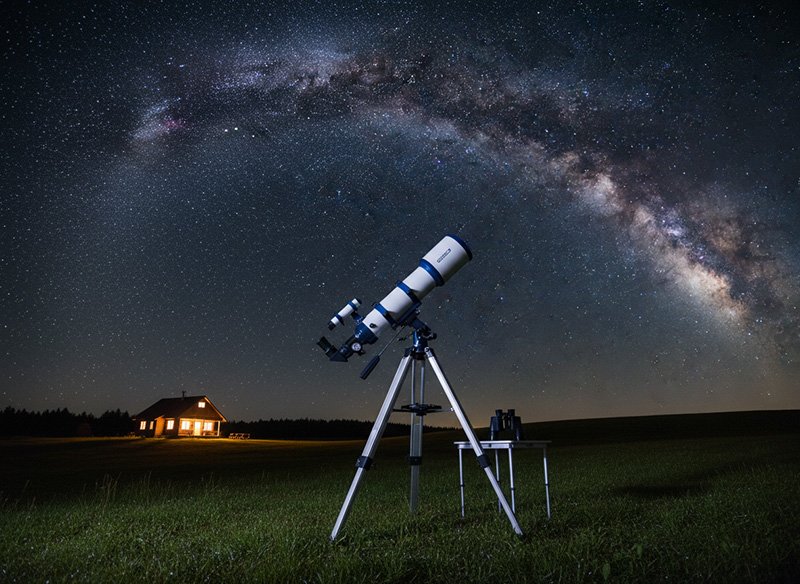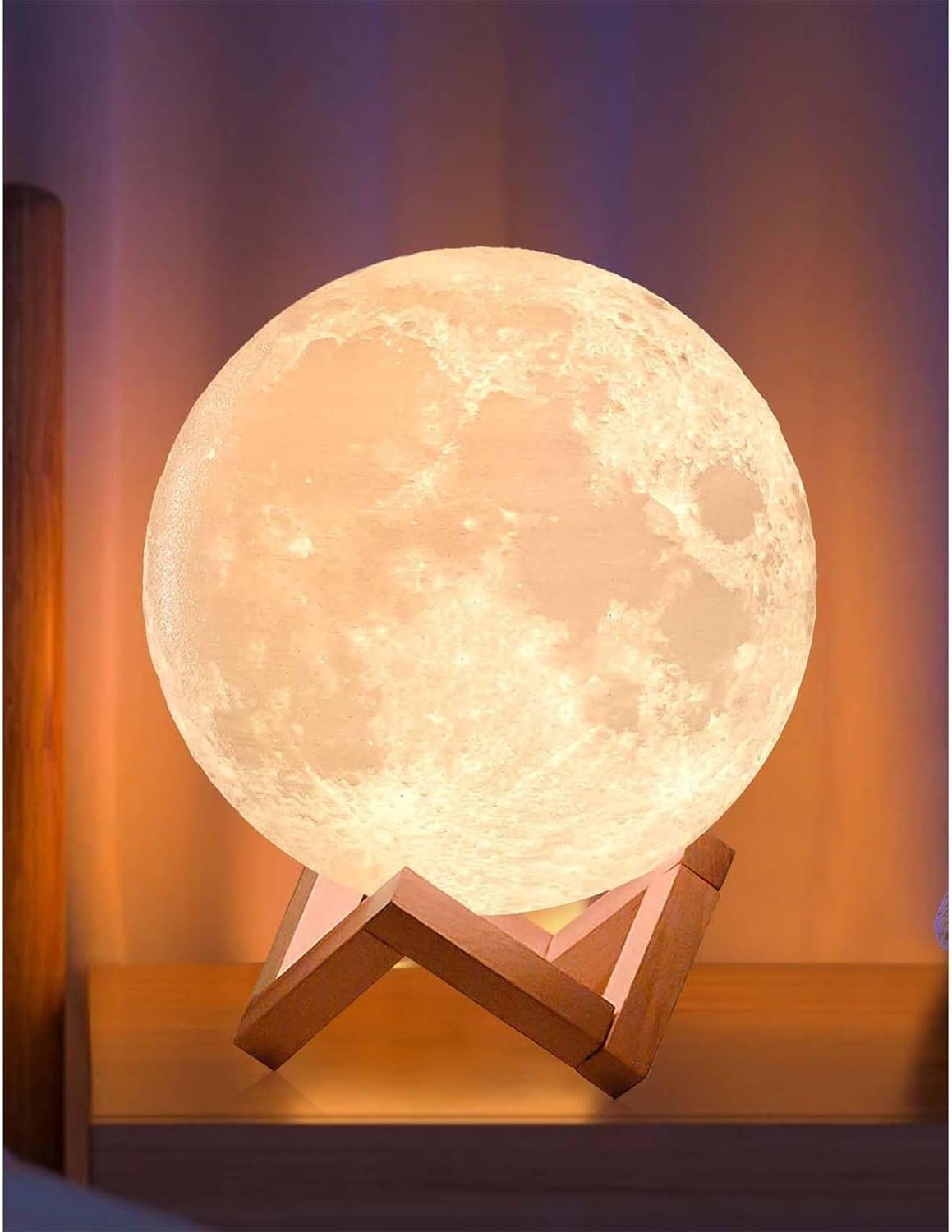Discover the latest updates on NASA’s Boeing Starliner mission, including delays, propulsion issues, and plans for astronaut return. Stay informed about the future of space exploration.
The Current Status of NASA’s Boeing Starliner Mission
NASA has made significant strides in space exploration, but challenges persist, as demonstrated by the ongoing mission of Boeing’s Starliner spacecraft. After successfully docking with the International Space Station (ISS) in June 2024, the Starliner mission has encountered substantial delays in returning its crew, astronauts Suni Williams and Butch Wilmore. Initially designed as a brief test flight, the mission has now extended beyond 60 days due to unresolved propulsion system issues. In response, NASA is considering alternative return options, including the possible use of SpaceX’s Crew Dragon spacecraft, marking a shift from earlier plans. This situation underscores the complexities of space travel and the ongoing efforts to ensure astronaut safety amid technical challenges.
Understanding NASA’s Boeing Starliner Mission
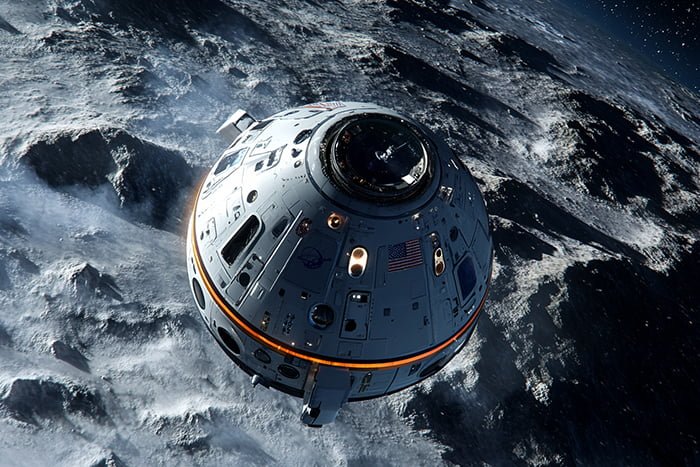
The Journey So Far
NASA’s collaboration with Boeing on the Starliner spacecraft is part of the Commercial Crew Program, which aims to transport astronauts to and from the ISS. The Starliner successfully completed its first uncrewed test flight in December 2019, followed by the recent crewed mission that commenced in June 2024. This mission was intended to validate the spacecraft’s systems and capabilities in a real-world environment, paving the way for future crewed flights.
The Docking Success
The successful docking with the ISS represented a crucial milestone for NASA and Boeing. The Starliner’s ability to autonomously dock with the station demonstrated its advanced technology and readiness for future missions. This achievement was celebrated as a testament to the collaboration between NASA and private aerospace companies, showcasing the potential for commercial involvement in space exploration.
Challenges Faced by NASA
Propulsion System Issues
Despite the initial success, the Starliner mission has been marred by complications. The spacecraft’s propulsion system has raised concerns, leading to delays in the astronauts’ return. Engineers are currently conducting thorough investigations to identify the root causes of these issues. It is critical for NASA to resolve these problems, as the propulsion system is vital for safe reentry and landing.
Extended Mission Duration
As the mission extends beyond the expected timeframe, NASA has reassured the public and the astronauts’ families that the crew is not stranded. While their safety is of utmost priority, the extended duration of the mission adds complexity to the operational logistics of both the ISS and the Starliner. This situation highlights the unpredictability of space missions, even with advanced technology.
Alternative Plans and Future Directions
Considering SpaceX’s Crew Dragon
In light of the ongoing technical challenges, NASA is exploring alternative plans for the astronauts’ return. One option being considered is the use of SpaceX’s Crew Dragon spacecraft, which has successfully transported astronauts to and from the ISS multiple times. This shift reflects NASA’s commitment to ensuring the safety of its astronauts while adapting to unforeseen circumstances.
Implications for Future Missions
The challenges faced by NASA and Boeing with the Starliner mission are not just isolated incidents; they have broader implications for future space exploration efforts. As NASA continues to rely on partnerships with private companies, the importance of robust testing and contingency planning becomes even more apparent. The lessons learned from the Starliner mission will inform subsequent missions, helping to refine protocols and enhance safety measures.
The Role of NASA in Space Exploration
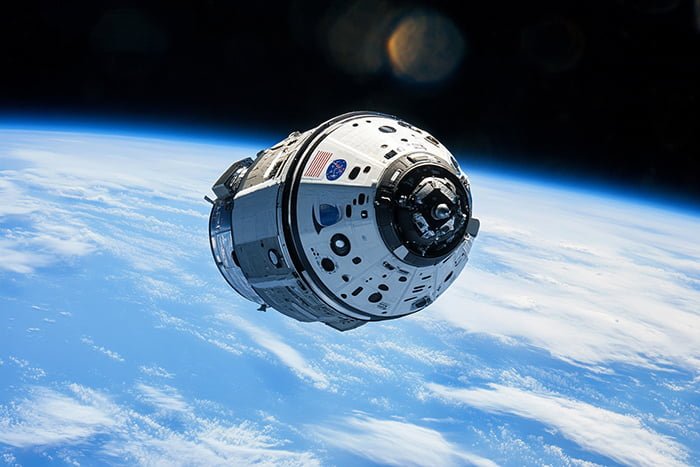
Pioneering New Technologies
NASA’s ongoing partnership with Boeing is a testament to its commitment to advancing space exploration. The agency’s investment in developing new technologies through collaborations with private companies is crucial for the future of human spaceflight. Innovations stemming from these partnerships not only benefit NASA but also have the potential to enhance commercial space travel.
Fostering International Collaboration
As NASA navigates the complexities of space missions, the agency continues to emphasize the importance of international collaboration. Working with international partners on the ISS and beyond allows NASA to share knowledge, resources, and technology, ultimately enriching the global understanding of space exploration.
In conclusion, NASA’s Boeing Starliner mission serves as a reminder of the challenges inherent in space exploration. The delays in returning astronauts Suni Williams and Butch Wilmore highlight the complexities of new technology and the importance of thorough testing and contingency planning. As NASA explores alternative plans for their safe return, this situation underscores the agency’s commitment to astronaut safety and the ongoing evolution of space travel.
For those interested in following NASA’s progress and the future of human spaceflight, staying informed is essential. Engage with NASA’s updates and explore the wonders of space exploration as we collectively reach for the stars.


